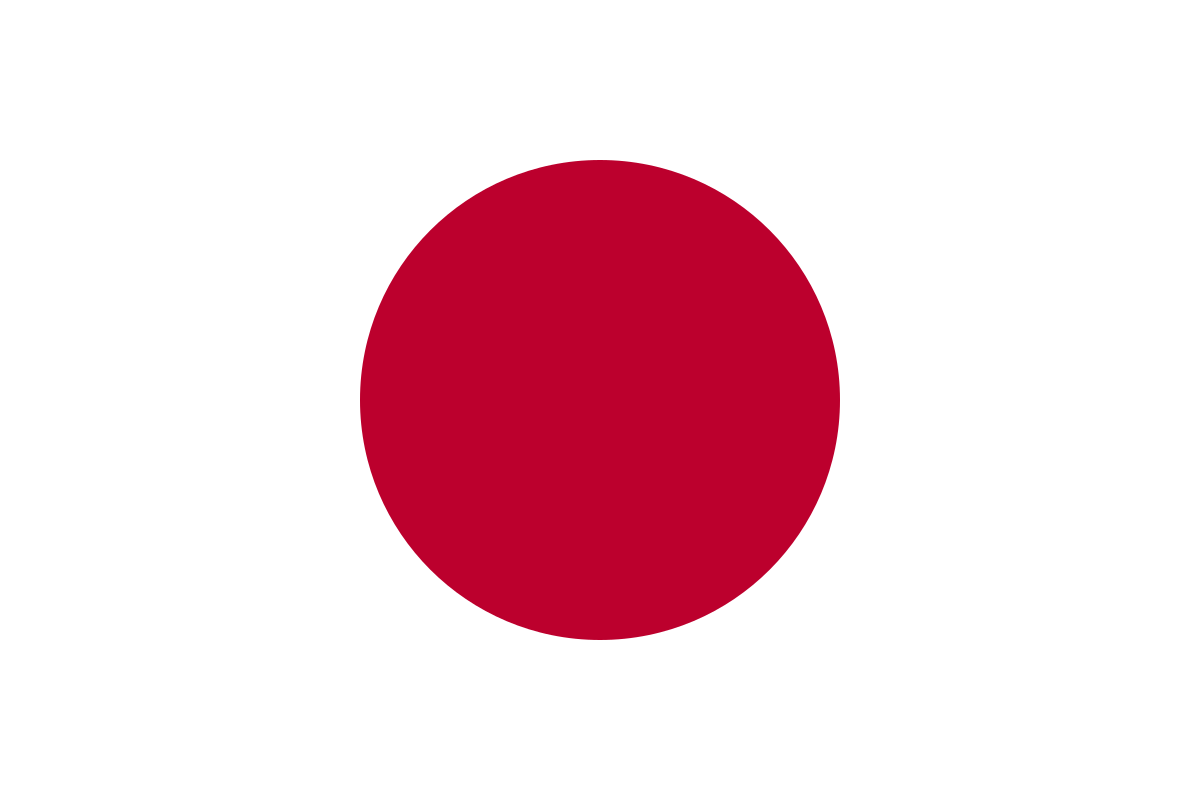verbs
| # | kanji | kun-yomi | on-yomi | ||||
| 35 | 入 | はいる | 入る | enter, go in | にゅうがく | 入学 | enrollment |
| いる | 入る | entering | |||||
| 36 | 出 | でる | 出る | leave, get out | がいしゅつ | がい出 | outing |
| だす | 出す | to take out | |||||
| 37 | 休 | やすむ | 休すむ | to rest | きゅうか | 休か | holiday |
| 38 | 立 | たつ | 立つ | to stand up | りっぱ | 立ぱ | splendid |
| 39 | 見 | みる | 見る | to see, to watch | けんぶつ | 見ぶつ | sightseeing |
| 40 | 生 | いきる | 生きる | to live, to exist | せんせい | 先生 | teacher |
| うまれる | 生まれる | to be born | たんじょうび | たん生日 | birthday | ||
| なま | 生 | raw, uncooked |
adjectives
| # | kanji | kun-yomi | on-yomi | ||||
| 41 | 早 | はやい | 早い | early; fast | そうぞう | 早々 | as soon as… |
| 42 | 正 | ただしい | 正しい | correct | せい | 正 | logical True | まさに | 正に | exactly | あほうが | 生が | ginger |
| 43 | 大 | おおきい | 大きい | big | だいがく | 大学 | University |
| おとな | 大人 | adult | たいしかん | 大しかん | embassy | ||
| 44 | 小 | ちいさい | 小さい | small | しょうがっこう | 重学校 | Elem. school |
| こねこ | 小ねこ | kitty | |||||
| おがわ | 小川 | stream |
colors
| # | kanji | kun-yomi | on-yomi | ||||
| 45 | 白 | しろ | 白 | white | はくじん | 白人 | caucasian |
| 46 | 赤 | あか | 赤 | red | せきじゅうじ | 赤十字 | The Red Cross |
| 47 | 青 | あお | 青 | blue | せいねん | 青年 | young man |
comments:
- 面白い (おもしろい, interesting) comes from 面 (おも, face, mask), and 白い (しろい, white), because when we see something interesting, our faces ‘brighten’ or ‘light up’.
- There are two versions of あお (blue). 靑 (lower portion is 円) is the official entry in the Kangxi dictionary, while 青 (lower portion is 月) is officially allowed in personal names. Both versions are used in Japan. (wikipedia)
time
| # | kanji | kun-yomi | on-yomi | ||||
| 48 | 夕 | ゆう | 夕 | evening | いっせき | 一夕 | one evening |
| 49 | 年 | とし | 年 | year | さんねん | 三年 | three years |
| 50 | 先 | さき | 先 | previous, former | せんせい | 先生 | teacher |
せんせい (teacher) is written ‘先生’, meaning ‘before in life’. This is the same 先 of 先週 (せんしゅう, week before), 先月 (せんげつ, month before), and the ubiquitous 先輩 (せんぱい, someone older or with a higher rank than us) that shows up in every anime that takes place at a school.
space
| # | kanji | kun-yomi | on-yomi | ||||
| 51 | 上 | うえ | 上 | above, up, top | じょうず | 上手 | skilled |
| あげる | 上げる | to raise | |||||
| のぼる | 上る | to ascend/climb | |||||
| 52 | 下 | した | 下 | below, down, bottom | ちかてつ | ち下てつ | subway |
| くださる | 下さる | kindly do for me | げた | 下た | wooden shoe | ||
| おりる | 下りる | to descend/go down | |||||
| 53 | 中 | なか | 中 | inside, center, middle | ちゅうがく | 中学 | middle school |
| うち | 中 | inside, interior | |||||
| 54 | 右 | みぎ | 右 | right | うせつ | 右せつ | right turn |
| さゆう | 左右 | left and right | |||||
| 55 | 左 | ひあり | 左 | left | さゆう | 左右 | left and right |
Vocabulary
These are basic words that use only kanken-10 kanjis:
kanji
入る
入る
入れる
入口
出る
出かける
出す
出きる
出口
出入り口
休む
休み
見る
見える
見せる
学生
りゅう学生
生と
大きな
小さな
おも白い
赤ちゃん
夕べ
先月
お中
kana
はいる
いる
いれる
いりぐち
でる
でかける
だす
できる
でぐち
でいりぐち
やすむ
やすみ
みる
みえる
みせる
がくせい
りゅうがくせい
せいと
おおきな
ちいさな
おもしろい
あかちゃん
ゆうべ
先月
おなか
English
to enter, to go in
entering
put in, insert
entrance (in mouth)
to leave, to exit
to go out on an excursion
to take out
to be able
exit (out mouth)
entrance and exit
to rest
rest, break, vacation
to see, to watch
to be in sight, to appear
to show, to display
student (study life)
overseas student
pupil
big, large, great
small, little, tiny
interesting (face bright)
baby (red chan)
yesterday evening
previous month
belly (respectable middle)

